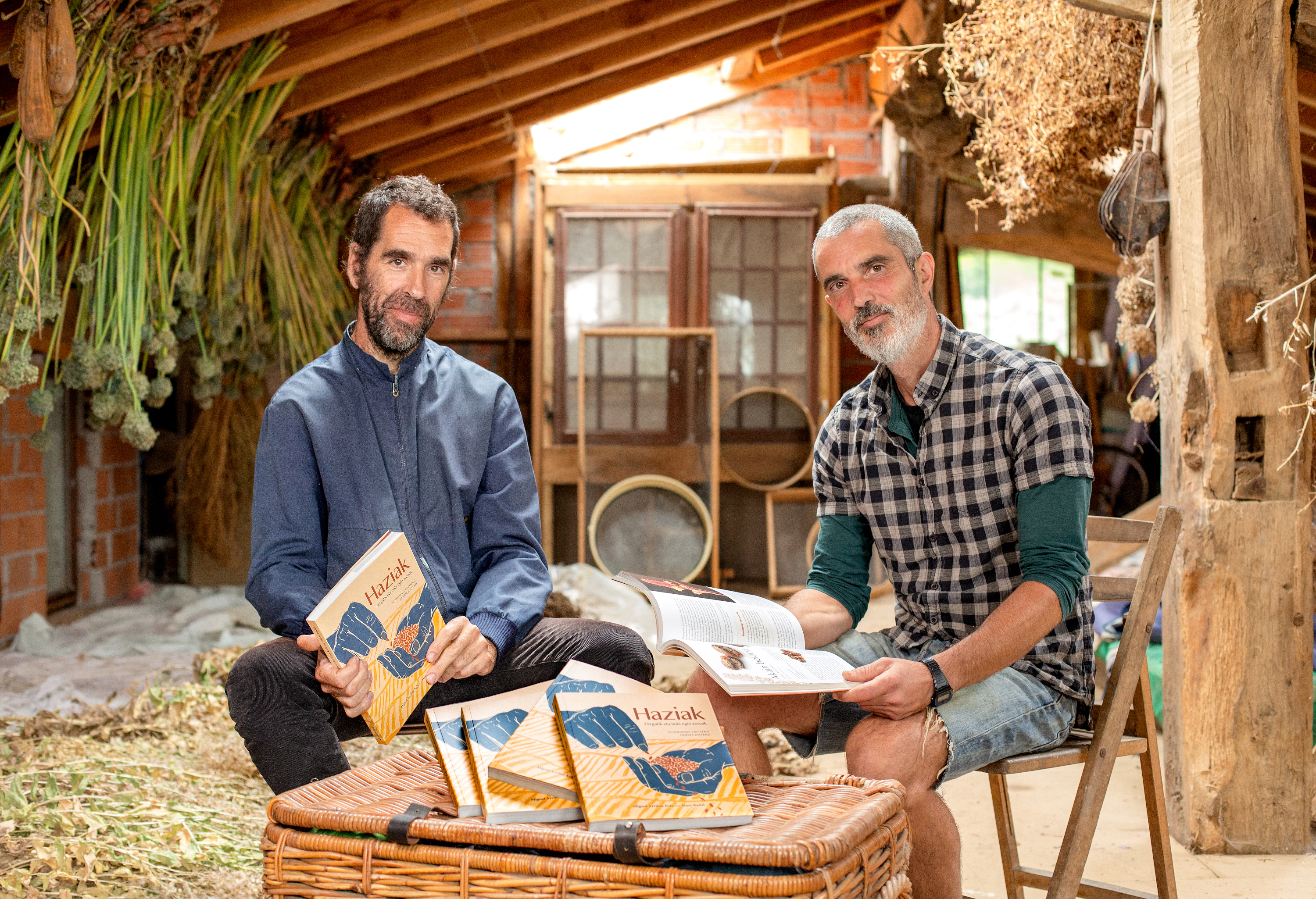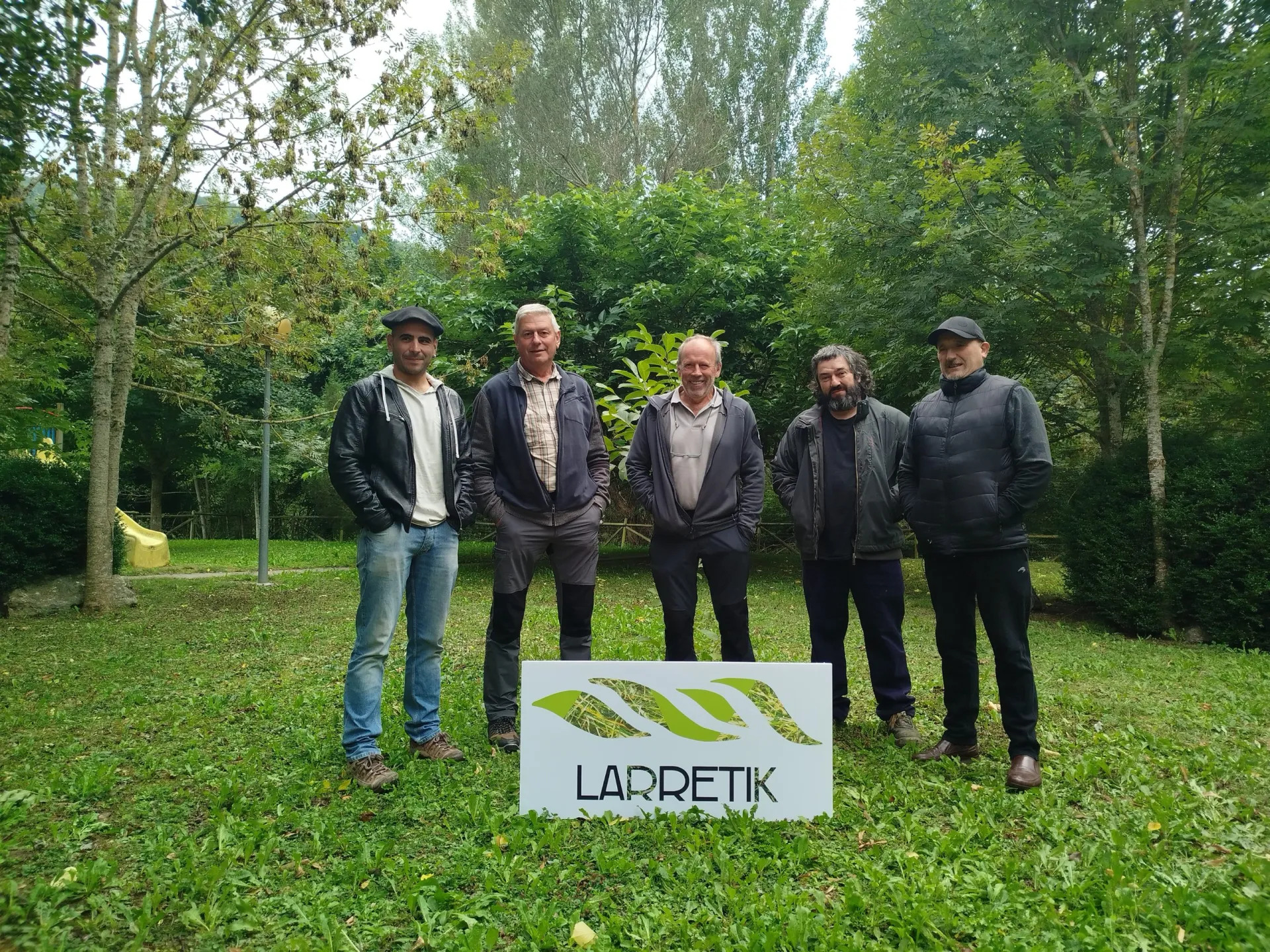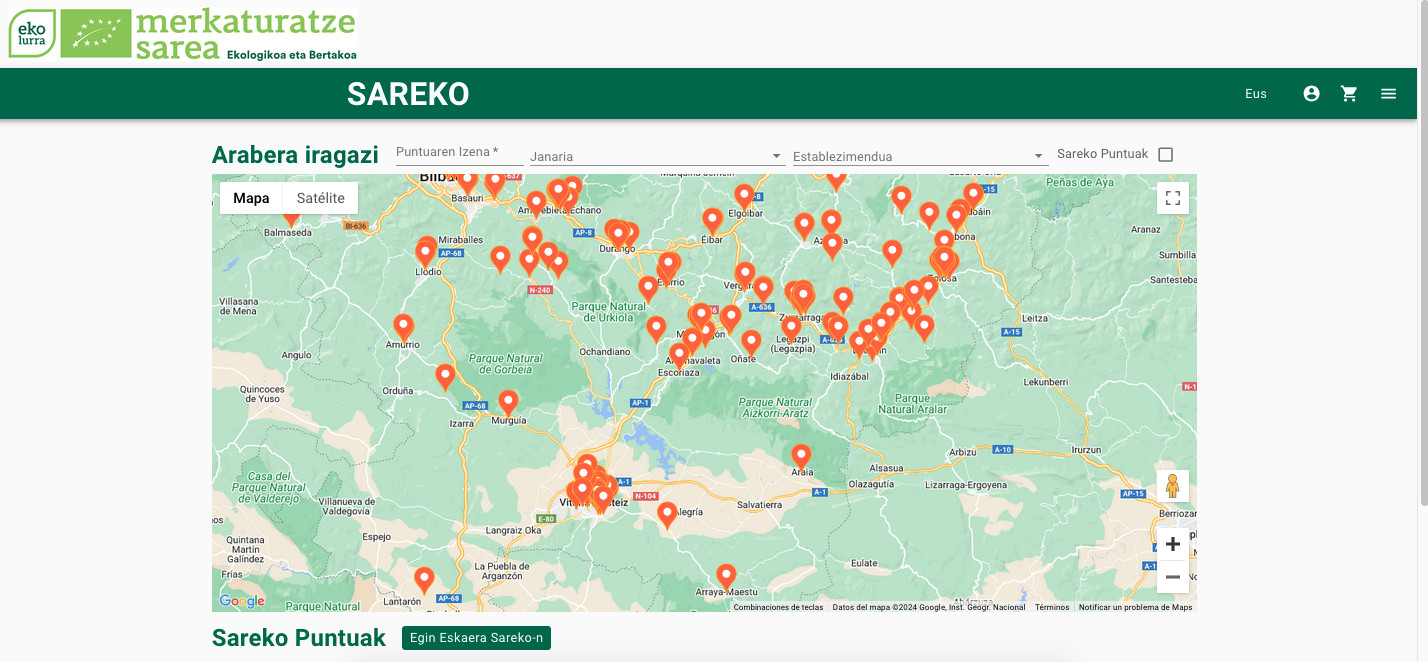
One of the easiest ways to reach the forest of Isuskitza de Plentzia (Bizkaia) is to follow the river and take the boat. Outside the urban area, Isuskitza is one of the peripheral neighborhoods, a space that is currently private urbanization. Along with the urbanization, however, the City Hall has public land. Last year, groups of volunteers and social agents of the municipality, with the support of the City Hall, began to reform the forest of Isuskitza after years of abandonment.
Forest and shipyards
In the Middle Ages the shipyard was a very important activity in Plentzia. Where did the shipyards come from? For by Isuskitza's stand. “We saw that the restoration of this forest was an opportunity to put on the table the importance of our heritage and history,” they explained from the Environment Department of Plentzia. In addition to recovering its native forest, it is intended to recover part of the history of the people. The project members were exploring the City Hall’s historical archive: “Everything is explained: what was in the forest at that time, what was planted in the nurseries…”.

“The generated eucalyptus, acacia trees and invasive species such as the muzzle of the pampa cover the steep slopes of the Trampaerreka and the lower slopes next to the estuary.” The Isuskitza Forest Report explains which species are the main in the area. Although the situation in Plentzia is slightly better, the expansion of eucalyptus and other invasive species is very important in Uribe Kosta, harming indigenous forests. It is therefore clear to the City of Plentzia that it is necessary to change forestry policy. On that road is the regeneration of the Isuskitza forest.
Auzolana and involvement of local actors
The restoration of the Isuskitza forest has been made possible by the work of the volunteer group and various local associations. Together with the NGO Hartzuz they have created a nursery in the forest area, and the school of Plentzia participated in the initial planting of seeds in bulbs for later transfer to the forest. Now, they will start collaborating with the local institute, the gaztetxe’s ‘Txiki Asanblada’ and other neighborhood associations. On 29 April, for example, they will make an exit to the Isuskitza forest to continue the plantations.

“The volunteers are working on the auzolan to carry out the project, but we are also looking for the involvement of the associations and agents of the municipality, promoting participation through different initiatives, although not in the daily life of the project,” said the Environmental Department.









